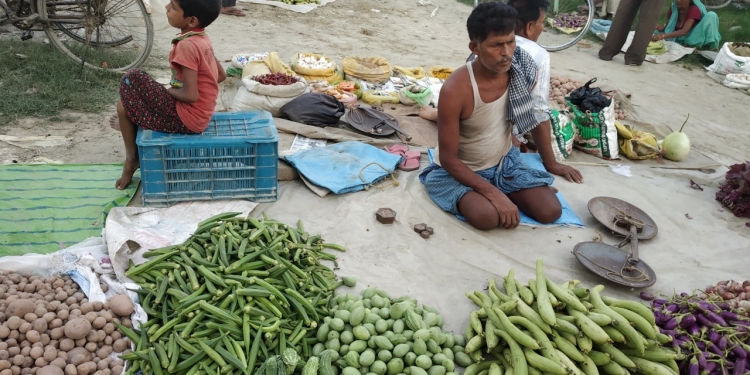
Cow-belt, Sub-nationalism and Caste: Social Choice in Bihar
28 Dec 2015 0 comment(s) Research Essays
(This essay was first published on wordpress blog-site on 28 December 2015)
Taking the next step of what I have started in the last blog on examination of social choice and development experience of Bihar, here is the second essay. In this part, I am discussing mainly the issues of national vs sub-national identities and trying to make an estimate of caste-distribution in Bihar. As I mentioned in the last blog, this is based on my paper written for Prof. Amartya Sen’s class at Harvard. This is a rather long one, touching to 3000 words!
Identities in Cow Belt: Sub-national or National
In many sense, Bihar is a microcosm of India - highly diverse and distinctive. Looking at history does not often help as it is difficult to find a 'Bihari' identity in ancient, medieval or even modern times. What readily comes out is the fact that Bihar was central to India on so many occasions and for so long in history. It is the birth place of Buddha and Mahavira (as claimed by many), it was the capital of Maurya and Gupta empires, it is the place where the first strands of democratic forms of government can be traced, it was a canter of ancient Indian mathematics, astronomy and learning and so on. All this points towards Bihar's central place in Indian history - which somehow devoid it of its own regional identity. This is in quite contrast to some other stable regional, linguistic or ethnic sub-national identities formed in India over the millennium, especially in southern parts of India. Even in modern time, during the British rule, Bihar, as a separate province emerged only in 20th century with the partition of Bengal and this too was not done purely on the basis of some separate ethnic sub-national identities, though the presence of linguistic and to some extent ethnic sub-national identity cannot be ruled out. It was only in 1936 that a separate Bihar was born when Orissa was separated from it. The lack of or strange nature of sub-national Bihari identity is further bolstered by the fact that state of Jharkhand was carved out of Bihar as late as in 2000 without much opposition from the people of Bihar or for that matter from political parties and leaders of the state.
Bihar has historically lacked a sub-national identity and the modern period has not been different. Talking of post independence period, I recollect a discussion at IIMB on regional/provincial disparity in development in India with special emphasis on Bihar and UP vs. southern states. One of the professors, Mr. R. Vaidyanathan opined that people of Bihar and UP need to be thanked for their sacrifices, generosity and their national concerns (in contrast to strong sub-national/provincial articulation from southern states), who since independence, have allowed the southern states to garner disproportionately more resources, projects and programs of central government. As an example, I argued that any study of location pattern of central government's research and educational institution and public sector units (which are not crucially constrained by location of raw materials) would show their meager presence in Bihar and Uttar Pradesh and high concentration in southern, and to some extent western states. I also remember discussing this issue with famous historian and author, Ramchandra Guha, while he was at Harvard in 2010, and his take was that it was mainly done for security reasons (an effort to locate most of such institutions away from Pakistan). However, this does not explain concentration of such institutions in western and north-western states. And in continuation, I might argue about shifting our capital from Delhi to Chennai or Bangalore, or may be to somewhere near Nagpur (the geographical center of our country)! The skewed distribution and lopsided allocation of central government resources in general, and establishment and location of central government educational and research institution and PSU units in particular (in favour of southern and western states) and its impact on overall development of cow-belt states still remains a topic on which I plan to do a detailed research and analysis someday in future! Or better still, this should be good topic for doing a development research on the long forgotten idea of 'balanced regional development'!
Coming back to discussion at IIMB, on national vs. regional identity, it was said that whereas a southerner can win elections in cow belt (Bihar or Uttar Pradesh) once he or she gets the support of local party, the reverse would not be easily true (examples given were of George Fernandez from Bihar, Jayaprada from Uttar Pradesh). Of course there are many more factors and issues which need to be considered here to have a holistic understanding of sub-regional identities and politics in India like role of linguistic identity, political dominance of north at center since independence, better administration etc., the purposes is to make this particular aspect salient in the present context. Leaving this now, let me come to understanding caste in Bihar.
Understanding Caste in Bihar
Castes in Bihar need to be seen differently from the simplistic notion of four fold division of Varna, often found in popular conception. In some sense, this is true for many other parts of India too - where a fourfold division of castes is too simplistic to give any glimpse of the actual social realities, perpetuation of norms of values and hierarchies, and separation and division in social and public sphere. The Hindus in Bihar can be classified into three hierarchical layers, each consisting of group of castes. These are often called the upper or forward castes (often 'Agada' in Hindi), the backward castes ('Pichhada') - closely aligning with Shudra of the fourfold Varna division, and the Scheduled castes (Dalits or Harijan). Further, it is necessary to identify two sub layers within backward castes, as it is not only important but widely recognized too - as Backwards (Pichhada) and Most Backwards (Atipichhada).
No post-independence data on caste wise distribution of population is available in India as it was not enumerated during any of the censuses. However, this situation has been corrected with Socio Economic Caste Census 2011. But alas, the data related to caste census and distribution has not yet been released by the government citing unconvincing reasons like it is being analysed. The real reason attributed at various forums for not releasing this data was impending Bihar assembly elections, 2015 and perhaps apprehension within the government circle about its explosive nature! However, it is very important for the country as a whole to know these figures of caste census. It is not only a mine-field for data miners and statisticians but in conjunction with other very important information collected through SECC 2011, it will go a long way in letting us know numerous facts, relationships (causal or otherwise), features, characteristics and interaction among various demographic, social, educational, health, economic, occupational, livelihood, household and family variables and factors, and will thus provide much needed insights for policy formulation and implementation.
Pending that, how can we get some reliable data about the caste-wise population in Bihar? Surely, we can lay our hands on the pre-independence caste census data and try making some adjustment necessitated by changing time and other factors about which we are sure of. The same was done by me back in 2010 and I have adopted the same approach again, but with few further improvements, in light of availability of data from Census 2011. Here is how I have done it:
- The basic data has been taken from Table 3 of Appendix of Ashwani Kumar (2009): Community Warriors - State, Peasants and Caste Armies in Bihar; Anthem South Asian Studies, Anthem Press, New York
- The data for Muslim, Schedule Caste and Scheduled Tribes has been taken from Census of India, 2011.
- Caste-wise breakup for Forward, Backward and Most Backward castes have then been adjusted in proportion of their pre-independence percentage, assuming that the relative percentage has not changed during these years
- Further, due to separation of Jharkhand from Bihar, the only major change has been a significant reduction in percentage of ST population. The same has been taken care of by incorporating 2011 census figures for Bihar. Further, the relative proportion of other castes has been assumed to have remained the same even after partition of Bihar in 2000.
With these adjustments, we have the following picture:

And further, we have the following caste-wise percentage distribution:
| Category/ Group | Castes | % of Total Population | |
| Upper Castes or Forward Castes | Brahman | 4.9 | |
| Rajput | 4.4 | ||
| Bhumihar | 3.0 | ||
| Kayastha | 1.3 | ||
| Backward Castes (Pichhada) | Bania | 0.6 | |
| Yadav (Ahir) | 11.5 | ||
| Kurmi | 3.8 | ||
| Koiri (Kushwaha) | 4.3 | ||
| Most Backward Castes (Atipichhada) | Teli | 2.9 | |
| Dhanuk | 1.9 | ||
| Kahar | 1.8 | ||
| Tatwa | 1.7 | ||
| Kandu | 1.7 | ||
| Mallah (Nishad) # | 1.6 | ||
| Nai | 1.5 | ||
| Lohar | 1.4 | ||
| Kumhar | 1.4 | ||
| Others (around 100 listed castes) (e.g., Badhai, Noonia#, Cahurasia, each forming less than 1.3%) | 16.8 | ||
| Muslims | 16.9 | ||
|
Scheduled Castes (Dalits & Mahadalits or Harijan) @ |
Chamaar, Paswan (Dushad), Dhobi, Pasi, Ravidasi, Dom, Musahar | 15.7 | |
| Schedule Tribes (Adivasis) | Gond | 1.0 | |
| Total | 100.0 |
@ It would have been better to have further break up under SC category. But I could not get authentic figures. There are, however, various estimates doing the rounds. Paswan (Dushad) is generally considered the largest among the SC with around 4% of total population of Bihar. Further, Chamar are also substantial along with Dhobi, perhaps each comprising more than 2% of total population of Bihar.
# Mallah (Nishad) and Noonia have recently been included in the Scheduled Caste category, just before 2015 assembly elections.
Let me examine these caste and caste group in some more detail with respect to their status, occupations, historicity, myths and inter and intra-caste dynamics. With this, I will close this second part of the series, and take up detailed analysis of various factors in subsequent parts of the series.
Forward Castes
The topmost layer of forward castes includes only four castes namely Brahmin, Bhumihar, Rajput and Kayastha forming around 14% of total population of Bihar. Brahmins are considered the highest among these, traditionally enjoying high ritual status and can be internally differentiated in to three groups - Maithili (of North East Bihar), Paschima (western) and Magadhi or Sakadwipiya (from central-south). They have traditionally been quite powerful socially, economically and educationally. Many of them are large landlords especially in north-east Bihar. Bhumihars claim themselves as landlord Brahmins which is though disputed; they nevertheless are one among highest castes. A popular rendering of their origin links them to Ashok'a time when all the landowning castes (Brahmin, Rajput, Kayastha etc) converted to Buddhism, and subsequently with rise of Hinduism again, they converted back en-mass to Hinduism on the condition they all would be given the Brahmin status (Bandopadhyay, 2009). They own large tracts of lands, and are militant in nature, often hated by other caste groups. Bhumihars, in some senses are unique to Bihar as they are not commonly found even in adjoining Uttar Pradesh. Rajputs are considered elite caste due to their martial history and linkages with the Kshatriya (warrior-noble) - one of the higher Varna of the caste hierarchy. At present, they mainly consist of landowners and are engaged in agriculture with the help of tenants and sharecroppers. Most of the traditional Zamindars belong to this caste and they too are considered militant and prone to taking up arms at the slightest provocation. The fourth upper caste, Kayastha has historically been considered as most urbanized, educated, upwardly mobile and forward looking. They are closely identified with professionals and administrators. However, traditionally Kayastha of Bihar were not always considered a forward caste, and as late as early twentieth century, their status was uncertain. Kayastha played a crucial role in the movement for separation of Bihar from Bengal in early twentieth century facing completion from Bengali elites in education, jobs and government administration.
Backward Castes
Backwards on the whole represents the most numerous group consisting of more than 50% of total population of Bihar and occupy a middle position among caste hierarchy. However, there are significant variations among them, although all of them have suffered from various forms of discrimination and exclusion in the hierarchy of local society. The upper backward again consist of four castes namely Yadav (Ahirs), Bania (traders), Kurmi and Koiri. Not only the first wave of social protest against caste prejudices came for these caste, they have been dominant in these movements since independence. Yadavs are the single largest caste in Bihar. They are traditional agriculturist and herdsman/milkman by occupation. It is fashionable among them to trace their lineage from Lord Krishna. Many of them do command large landholdings in certain parts of Bihar and are often seen as militant and to some extent exploiters of scheduled castes too. Bania (traders) have a unique position in Bihar, they are considered a backward caste in Bihar whereas in all other parts of India, they are among the most forward castes and class, socially as well as economically, and command vast resources and wealth and are perhaps the most powerful community in this modern economic age. They constitute a small proportion and are further divided in many sub-castes. Many (but not all) of them trace their ancestry from British time migration from west, north-west India; called Marwaris in local parlance and do control significant proportion of business and trade forming a closed wealthy clan.
The Kurmis have traditionally been hard working agriculturists and are considered quite innovative and dynamic in the field of agriculture. Perhaps they were earlier considered a kind of 'tribe' as Kurmi is derived from the word for tortoise (Kurm). Kurmis started a movement in 1894 to get accepted within the system of caste structure of Hinduism (Das, 1986). Some minor castes also got absorbed in to Kurmi over the period of time e.g., Awadhiya of central Bihar. Kurmis too have some distinction of having militant nature and are prone to impose feudal dominance structure. More recently, they have seen unprecedented rise in their power and are rightly seen as highly socially upwardly mobile, entrepreneur and successful in modern professions. Koiris are another agriculturist castes, with traditional identification as horticulturist. They have traditionally been small landowners and poor peasants, largely peaceful and not much active in caste politics, though it is changing fast and they are now often identified as brother-caste of Kurmis. In recent years, Koiris (Kushwahas) have also started claiming their lineage from Lord Ram as progenies of Kush (son of Ram) - an attempt to ascent to the level of Kshatriya, and obviously in line with what has been called sanskritization (Srinivas, 1966). In the same line, they also are lying claims and identifying themselves with Buddha as well as Chandragupta Maurya and Maurya dynasty (Maurya still being a surname of Koiris). This process of sanskritization is not unique to any caste, as has been pointed out and well documented by Srinivas and others social analyst.
Most backward castes, unlike backward castes include a large number of castes. These castes are easily identified on the basis of their occupation (which has traditionally not been agriculture) being artisanship of some sort and the name of the castes itself often mean the occupational activity. Thus, we have Teli (oil presser), Dhanuk (cotton cleaner), Kumhar (potter), Lohar (ironsmith), Barahi (carpenter), Nai (Barber), Mallah (boatman), Cahurasia (betel leave trader) and many others. There are large numbers of such castes, as many as 108 which make up about 32% of total population of Bihar. Despite their numbers, these castes have suffered exploitation and discrimination for long in the hands of not only upper castes but also by backward castes like Yadav and Kurmi. They have recently been given a new identity by Nitish Kumar government by the name Atipichhada (most backwards) and are fast emerging as a politically active group.
Scheduled Castes
Dalits (Scheduled Castes), former untouchables, comprise 15.7 % of Bihar population as per the latest census report (after separation of Jharkhand). Again, there are large numbers of castes within this group identifiable by their occupation like Chamaar (Cobbler), Pasi (toddy-trapper), Dhobi (washerman) and many others. However, in case of many dalits, this close identification with profession is not possible as they have historically been outcastes/untouchables and landless labourers of Indian society - some of them assigned unclean work/profession like carrying human excreta on head etc. Dalits have always been exploited and discriminated against in Bihar, as in most other parts of India. However, for past 20 years, there have been some changes in their political status by mobilization under different leaders. Dalits have often formed the bulk of support for extremist leftist (Maoist) movements and have been worst sufferers of related violence and caste wars.
By nominating Jeetan Ram Manjhi as Chief Minister of Bihar in 2014, (who belongs to Mushar caste, perhaps lowest even among scheduled caste) Nitish Kumar appeared to have played a trump card, though it misfired. However, with hindsight, it is perhaps safe to conclude that the caste combinations in Bihar are not easy to understand, as Manjhi’s party has performed abysmally during the recent assembly elections, despite being in alliance with BJP.
Muslims
It may not seem appropriate to list and describe what essentially is a religious identity under caste structure of Bihar, but it serves a purpose. Muslims in Bihar, as in many other parts of north India, have generally been taken as a homogeneous group. On the whole, Muslims can be considered a backward community compared to their Hindu counterparts in Bihar but it hides considerable difference within. For example, even among Muslims, different castes are well identified and are considered high or low as in Hindus. Siddiquies and Sheikhs consider themselves descendant of Caliphs and therefore are of higher status/caste. On the whole, converts from lower castes of Hindus have not been able to shed this part of their identity and are still considered low in status (Momin, 1975). A common term often being used for backward Muslims is ‘Pasmanda’ Muslims and this aspect has recently been given prominence by Nitish Kumar government.
Scheduled Tribes
With the bifurcation of Bihar and creation of Jharkhand comprising of tribal dominated districts of Bihar, the truncated Bihar has hardly any scheduled tribe population. As such they now do not figure into social-political discourse of Bihar. The major concentration of Scheduled Tribe is in West Champaran district in North West Bihar, adjoining Nepal in Himalayan foothills, who are known as Gond. Further, they are found in districts adjoining Jharkhand in south-south east Bihar, like Jamui, Banka, Gaya etc.
References
- Bandopadhyay D. (2009).Lost Opportunity in Bihar, Economic and Political Weekly, Mumbai; Vol XLIV, No. 47; November 21, 2009, pp 12
- Srinivas M N (1966). Caste in Modern India; Orient Black, New Delhi
- Das Arvind (1986). Class in Itself, Caste in Itself - Social Articulation in Bihar; Economic and Political Weekly, Mumbai; October 12, 1986.
- Kumar Ashwani (2009). Community Warriors - State, Peasant and Caste Armies in Bihar; Anthem South Asia Series, Anthem Press, New York, pp 76-77
- Momin A R (1975). Muslim Castes - Theory and Practice; Economic and Political Weekly, Mumbai; April 5, 1975




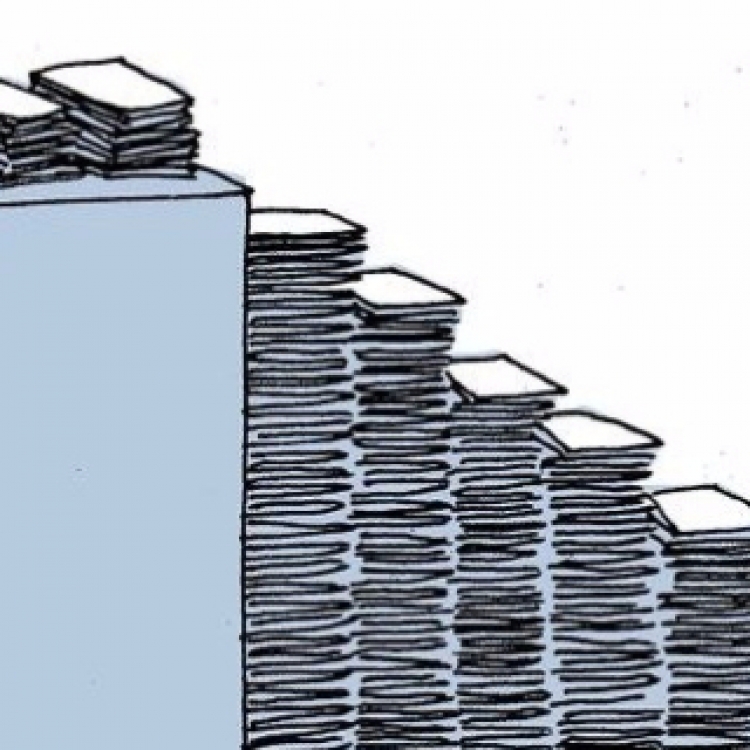

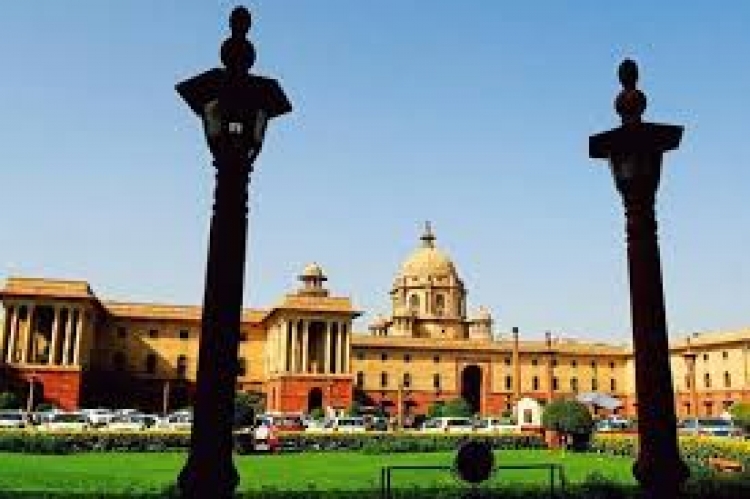
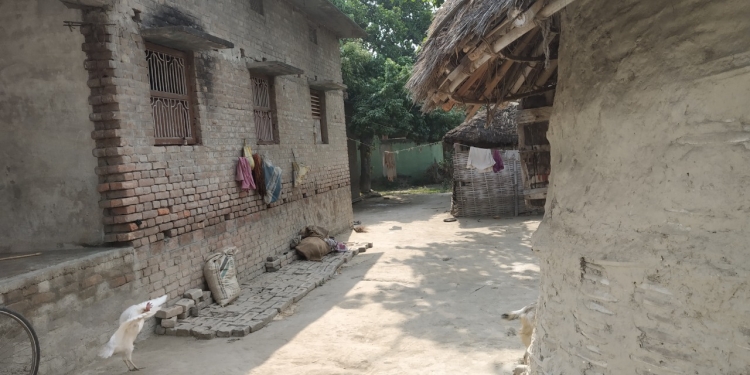
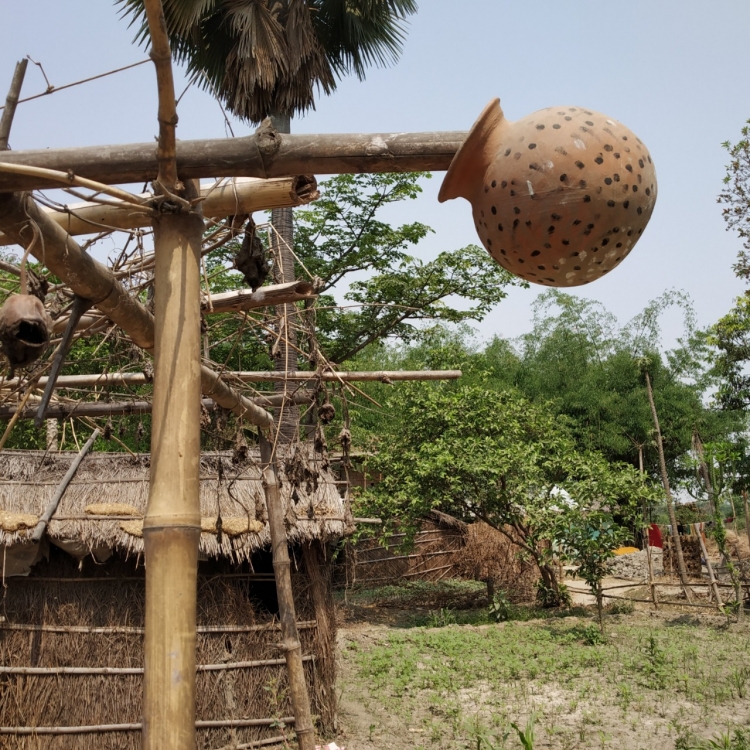
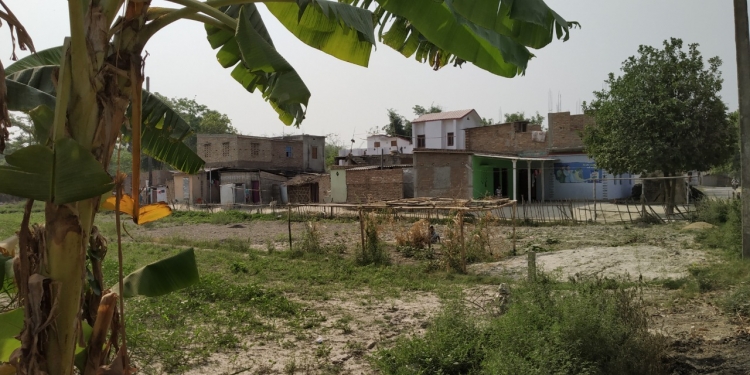
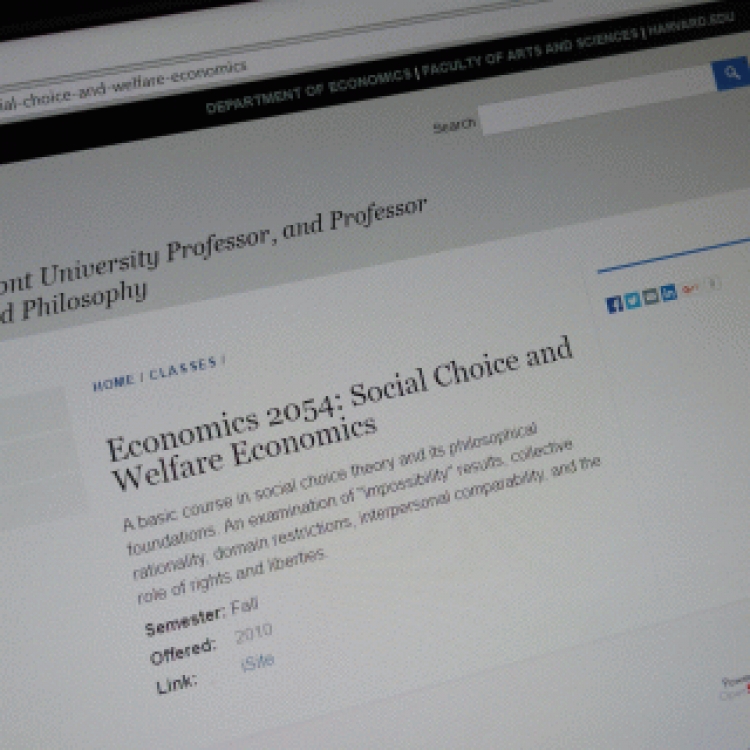
Comments
0 comment(s)